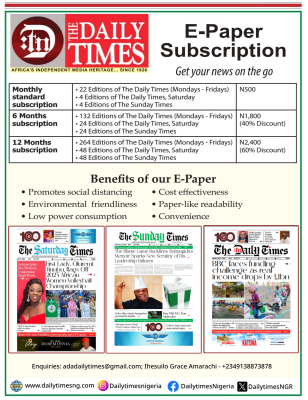Oil prices rise amid heightened fears of supply disruption

BY MOTOLANI OSENI
Oil prices edged higher on Tuesday, reversing early losses as fears of supply disruptions from Russia and Iran intensified amidst escalating Western sanctions.
Brent crude futures climbed 60 cents, or 0.79 per cent, to settle at $76.90 a barrel, while U.S. West Texas Intermediate (WTI) crude gained 50 cents, or 0.68 per cent, to close at $74.06.
UBS analyst Giovanni Staunovo noted that market participants have begun pricing in potential risks of reduced Iranian crude exports to China, further fuelling supply concerns. These apprehensions coincided with Saudi Arabia raising its February oil prices to Asia for the first time in three months, signalling increased demand for Middle Eastern oil.
In a move that could exacerbate supply constraints, China’s Shandong Port Group has issued a ban on U.S.-sanctioned oil vessels across its port network, according to three trading sources. This restriction targets blacklisted vessels at major terminals, including Qingdao, Rizhao, and Yantai, which are critical for importing sanctioned oil.
READ ALSO: Ease of doing business takes centre stage under…
Adding to the bullish sentiment, cold weather conditions in the U.S. and Europe have spurred demand for heating oil. However, concerns over slowing global economic growth tempered further price gains. Eurozone inflation accelerated in December, a development that could complicate expectations for swift interest rate cuts by the European Central Bank (ECB).
“Higher inflation in Germany suggests that the ECB might face challenges in cutting rates as quickly as anticipated,” said Panmure Liberum analyst Ashley Kelty. Meanwhile, Harry Tchilinguirian, head of research at Onyx Capital Group, observed that technical indicators point to overbought conditions in oil futures, with sellers eager to capitalise on the price strength.
Traders are now awaiting key economic data, including the U.S. December non-farm payrolls report, due on Friday. The report is expected to provide insights into U.S. interest rate policy and its implications for global oil demand.








